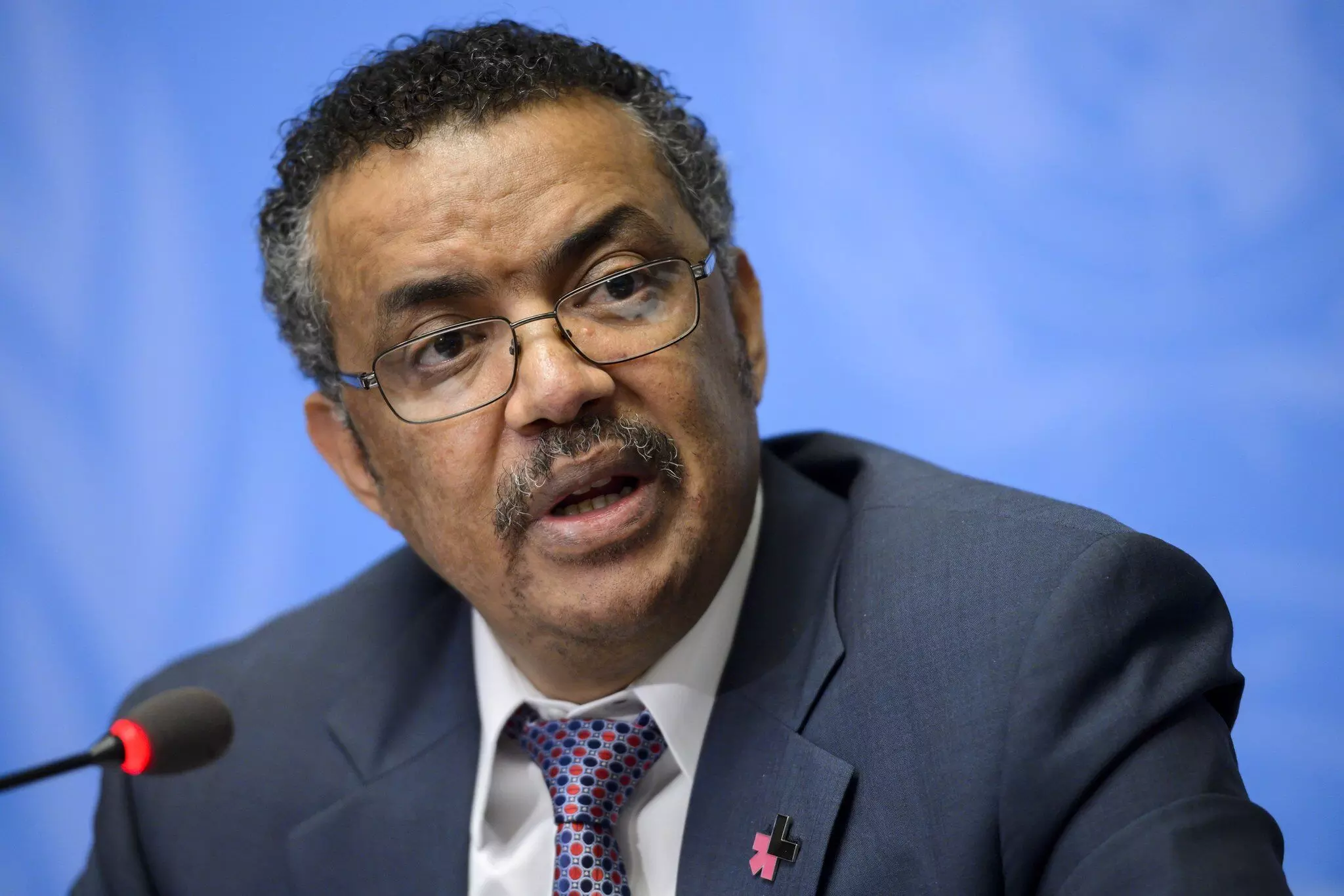A step towards resilience

"If we do not make the changes that must be made, then who will? And if we do not make them now, then when?" These two pressing questions are put forth by WHO’s director-general Tedros Adhanom Ghebreyesus. He was referring to the preparedness against future pandemics while addressing the 10-day annual World Health Assembly in Geneva. This cautionary statement has come just a few weeks after the WHO removed COVID-19 from the categorisation of Public Health Emergency of International Concern (PHEIC). The summary reading from the two developments is that while the COVID-19 pandemic has lost its severity, newer strains and deadlier pathogens are very likely to emerge in future. In that case, it goes without saying that humans cannot afford the degree of fatalities and chaos caused by the COVID-19 pandemic, again. The successes and failures in the process of containing the pandemic revolved around the idea of international cooperation. This is where the WHO seeks to “make the changes.” With a view to ensuring a "generational commitment that we will not go back to the old cycle of panic and neglect", the WHO is working on a legally binding Pandemic Accord which is expected to be finalised by May 2024. The accord aims to ensure prevention, preparedness and response against future pandemics. The emphasis laid by the WHO chief goes on to confer that the world of viruses has evolved and will frequently mingle with the human population — the consequences of which can be utterly disastrous. The factors that have led to the exacerbation of viral threats, including climate change and habitat degradation for certain animals, are more or less irreversible in nature. This simply means that unforeseen viral outbreaks are inevitable, and preparedness is the only way forward. More importantly, there is very little scope for delay on this front. The Pandemic Accord being worked upon by the WHO is one of several alternatives that can plug the existing gap in preparedness against a pandemic of COVID-19 scale. It may be recollected that WHO already has binding rules in the form of the International Health Regulations (IHR), 2005. The IHR, however, was tailor made for containing regional epidemics like the SARS outbreak of 2002-2003. Its inadequacy in preventing a global pandemic is a well-acknowledged fact. Certain national governments have proposed around 300 amendments to the IHR to make it more relevant in present times. It is still unclear whether the regulations can be effectively tailored to suit the new requirements. The IHR has its own relevance, but countries should not show hesitancy in adopting the Pandemic Accord which is being designed specifically to deal with future global pandemics. The accord met initial resistance from several countries, including the USA, for being legally binding. Given the paramount significance of the accord, it must be the responsibility of the WHO to allay the concerns of reluctant stakeholders. The global health body should incorporate the element of flexibility in the accord and allow the countries to opt out if they deem fit. The IHR and the Pandemic Accord should exist together and complement each other. The real task before global health bodies will be to create a sync between the two frameworks, and deploy them in suitable circumstances. It is reassuring that the WHO is working on both the frameworks. In addition to considering the 300 proposed amendments to the IHR, the global health body is working on enhancing the core capacities of the regulations through Asia Pacific Strategy for Emerging Diseases and Public Health Emergencies (APSED III). The WHO also recently launched Preparedness and Resilience for Emerging Threats (PRET) to be better prepared for future outbreaks. To sum up, the concerns raised by the WHO chief offer a realisation that the threat of deadly viruses is likely to haunt humans for times to come. Since such outbreaks are inevitable, a multipronged approach towards prevention and response is required. The WHO’s Pandemic Accord is a timely step in this direction.



